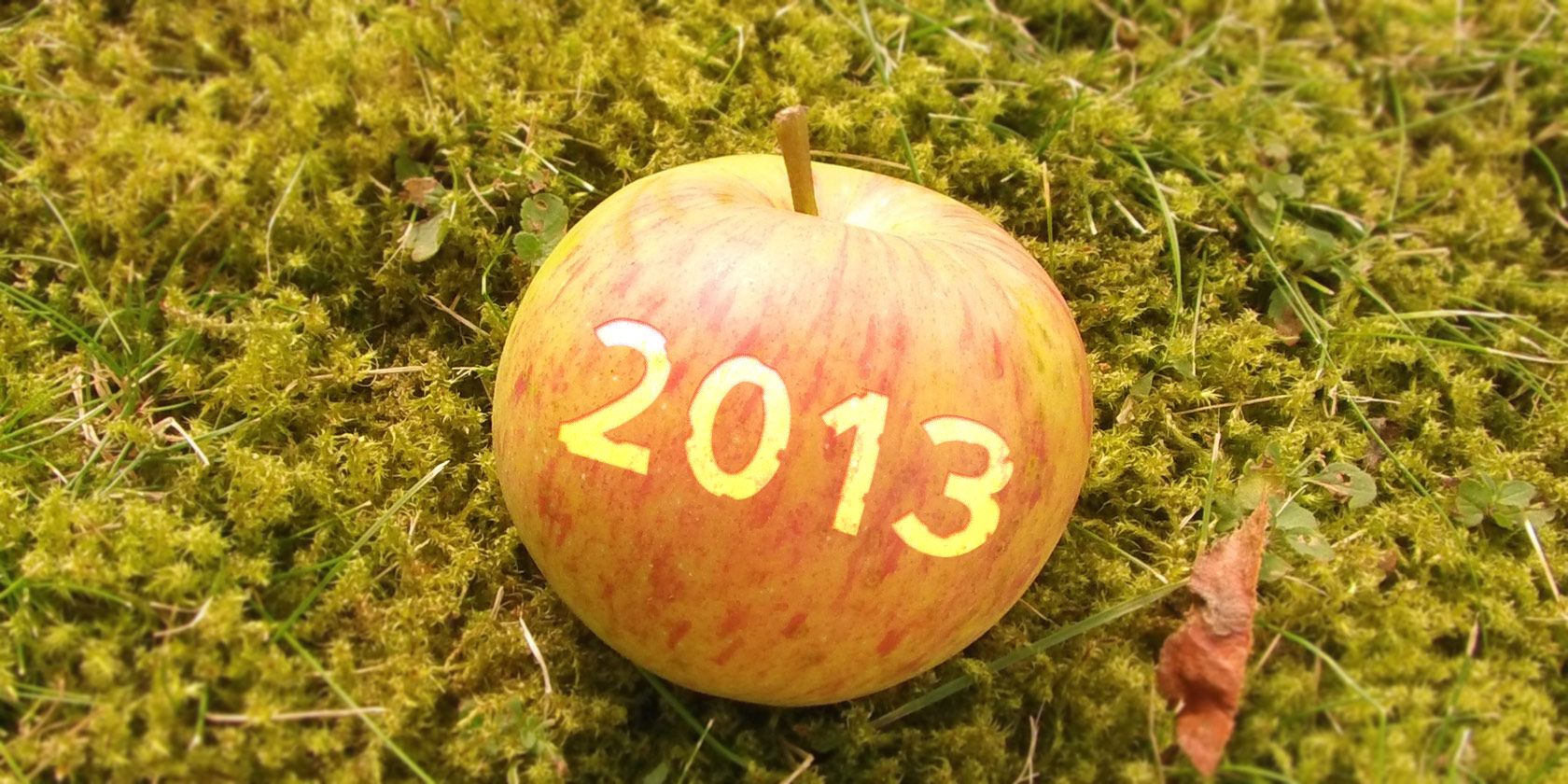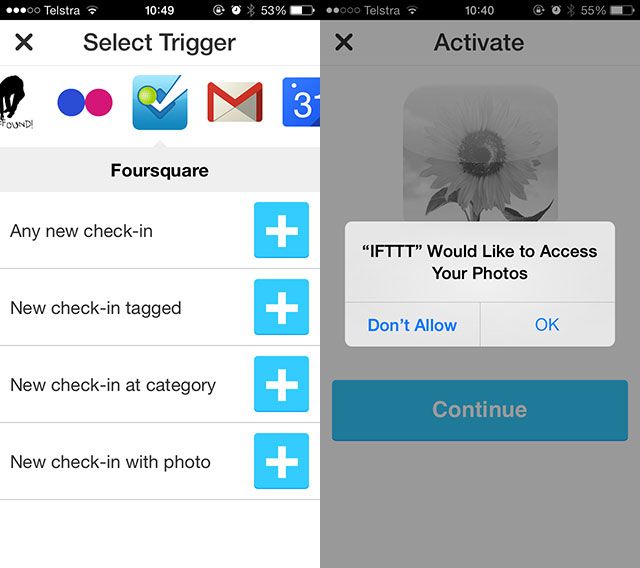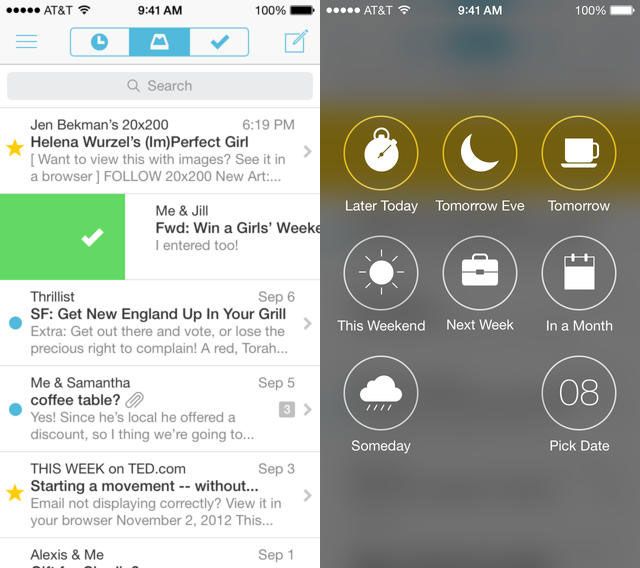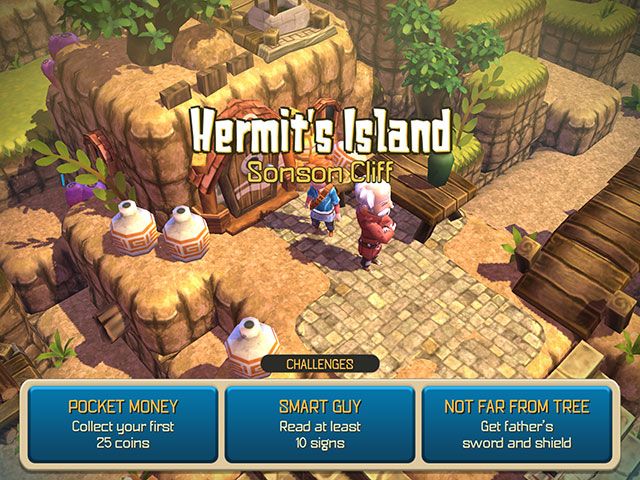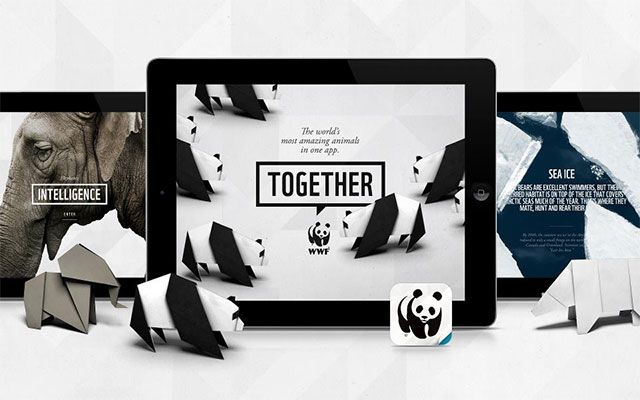Before the New Year ushers in a new wave of startups and App Store submissions, it's always nice to recognise the brightest sparks that caught our collective eyes in 2013.
The apps on this list are those which I feel have had the most impact and influence, leaving lasting impressions on the software world and the iOS userbase. As ever, there's plenty of chance to chime in and add your own personal favourites in the comments at the end of the article – and I'd love to know what your favourites are.
IFTTT (Free, iPhone)
Before the iPhone app, many iOS users probably wouldn't have heard of IFTTT. The automation service, which originally launched in late 2010, arrived on the App Store with a bang in July with a fully functional means of managing IFTTT recipes. Add three dedicated iOS channels – Photos, Calendar and Reminders – and things really start to get interesting. A recent update also added an iOS Location channel, allowing for even more elaborate recipes.
IFTTT simply allows you to do more with your iPhone, while exerting 100% less effort than if you were to do it yourself. Using a trigger and an action, If This Then That can perform a huge range of tasks – from appending information to an Evernote note to turning on a WeMo switch. Dedicated iOS channels even give users something they never really had access to before: non-Apple automation methods.
This life-changing iPhone app can be used as an out-of-the-box alternative to Photostream, triggering uploads whenever you take a new picture. It lets you backup your contacts to somewhere other than iCloud, simply by choosing to add contact info to a Google Spreadsheet for new entries. And this is just a small snippet of what is possible, check out our full IFTTT for iPhone review, as well as some iPhone-specific recipes to try out too.
Mailbox [No Longer Available]
Very few apps make it out alive from the heavy blanket of hype that was piled on Mailbox when it hit the App Store in February. One might say that Mailbox's launch was too successful in generating interest, as developers used an ever-ticking waiting list to slowly fulfill demand for invites. This snowballed into a frenzy of online interest, with hundreds of thousands of people signing up to trial the free email client that attempted to do things a little differently.
Mailbox is designed for Gmail primarily, though a recent update has expanded its compatibility to Yahoo! and iCloud accounts too. The app uses a system of swipes and gestures to quickly deal with email, including the "snooze" functionality which removes the message from your inbox till a later point in time. Mailbox doesn't so much as provide a way of dealing with your email but a way of not dealing with it.
But we're humans, chased around every day by endless messages and that little red badge that never goes away. Mailbox allows for healthy procrastination in a world of always-on devices, a world where we feel guilty for leaving an email long after we've finished "work" for the day. Since Mailbox arrived, the number of iPhone email clients has exploded, and a large enough chunk of them took a heavy dose of inspiration (and in some cases, blatantly copied) Mailbox.
Vine [No Longer Available]
Easily one of the biggest developments in social media over the past 12 months, Vine didn't actually exist this time last year. It seems odd now, but even the concept of capturing and sharing short, looping video was brand new. When Vine launched for when the iOS app went live at the end of January, Twitter showed the world exactly how to launch a new social network.
But unlike many new social networks, Vine is still around. In fact, Vine fast attracted a Tumblr-like die-hard community of comedians, artists and anyone with something to say or do in six seconds. Browsing Vine is a dangerous habit – channels and hashtags keep everything organised, and hours can pass before you realise you've spent the afternoon "revining" basketball trick shots and stop-motion animation.
If imitation is the greatest form of flattery, Facebook paid the ultimate homage to Vine when they added similar video looping options to Instagram, which it acquired last year. Vine has since gone from strength to strength, adding a bounty of features including basic clip editing, an onion skin feature for lining up perfect edits and the ability to embed loops in webpages.
Oceanhorn ($8.99, Universal)
It's a game, but not just any game. Exhaustively compared to Zelda in just about every review (including my own), Oceanhorn is a (currently) iOS-exclusive RPG about a kid with a sword on a quest. After two years of development Oceanhorn was released this November, and similarities with Nintendo's franchise aside, it was the quality top-down RPG that iOS sorely needed.
Finnish developers FDG Entertainment have built a beautiful, vibrant world consisting of a series of individual islands, each of varying terrain and difficulty. In a bid to regain the quest items you need to avoid the usual RPG doom, you must set sail in your boat and explore these far off lands. The story isn't exactly strong, but the mechanics, visuals and lush world make for an impressive overall package.
Elements of the game really stand out, in particular the soundtrack which was produced by Japanese producers who cut their teeth producing music for the Final Fantasy series. The controls are as responsive as you can expect touchscreen controls to be, and there's enough game here to keep you playing for longer than some full price releases.
WWF Together (Free, iPad)
WWF Together is a wonderful educational iPad app for young and old. I liken this app (and others like it) to a quality hardback book that sits on a coffee table, except unlike a paper book it's interactive and updates itself. As you can probably guess from the name, WWF Together is all about wildlife – endangered wildlife, to be exact.
Quite simply it's one of the app experiences that people buy iPads for in the first place. WWF Together allows you to learn more about the world's most endangered species of animals, from the African rhino to the monarch butterfly. Each creature can be explored, with facts, images, videos and interactive sections on offer. Once an animal has been explored fully, origami instructions are unlocked so you (or your children) can create your own.
Fortunately this doesn't detract from the app's main message surrounding the fragile earth and the severity of the conservation efforts. It's terribly sad that such an app is required, but it's a real accomplishment to be able to deliver this information in suck an engaging manner.
What did I miss? What's your most important app of 2013? Let us know in the comments, below.

